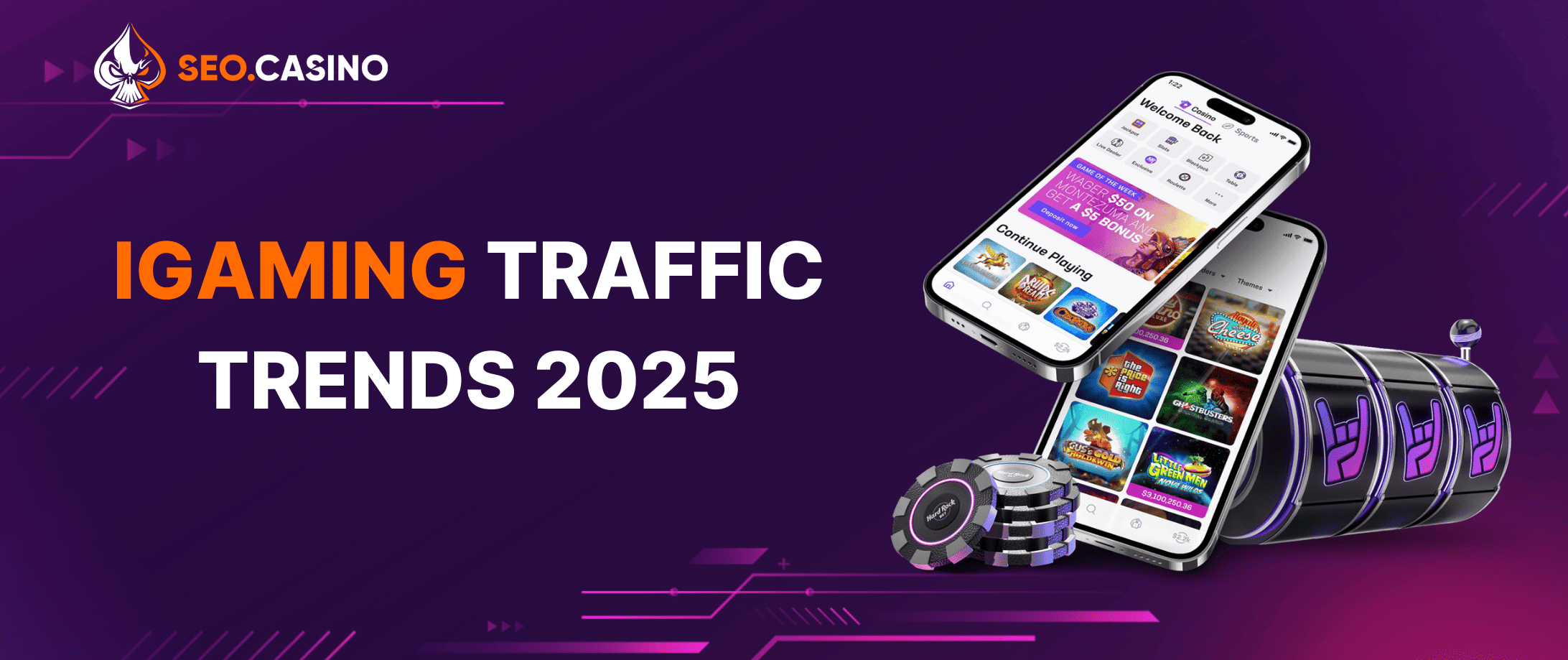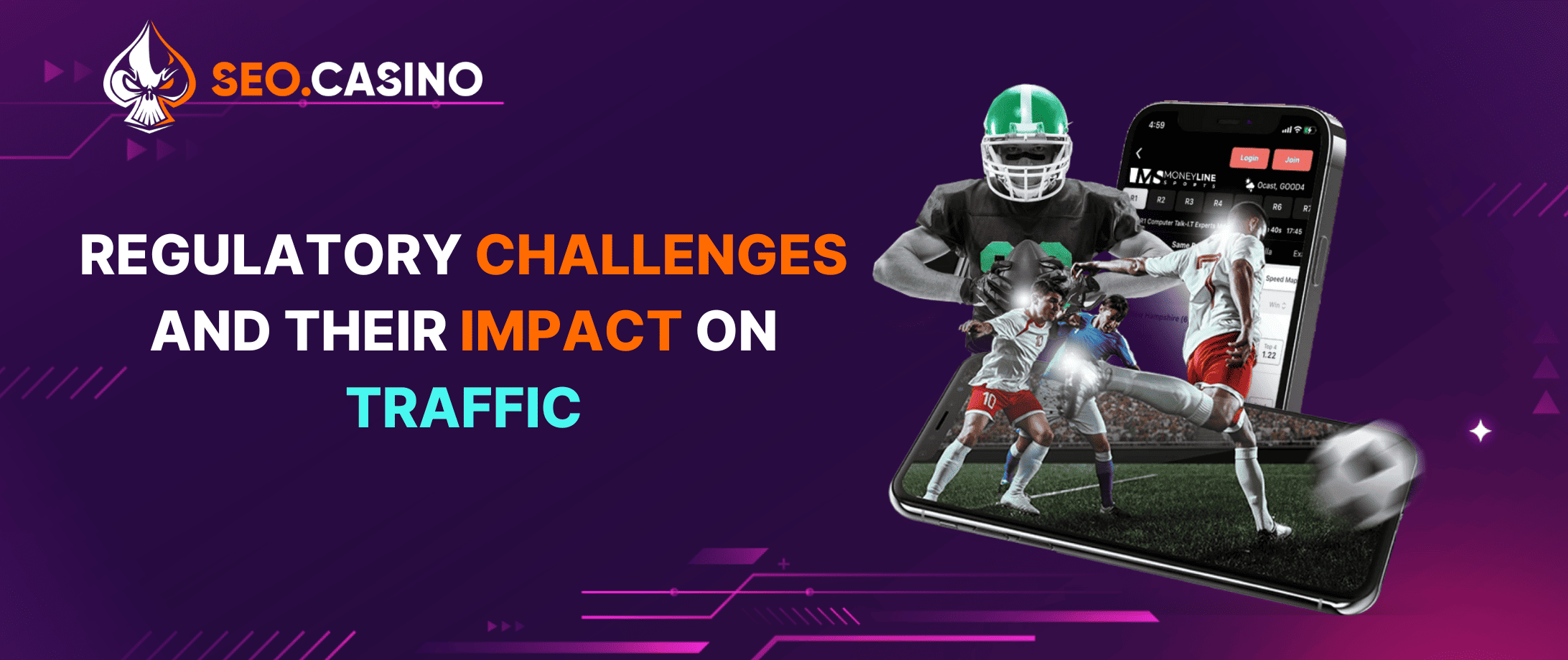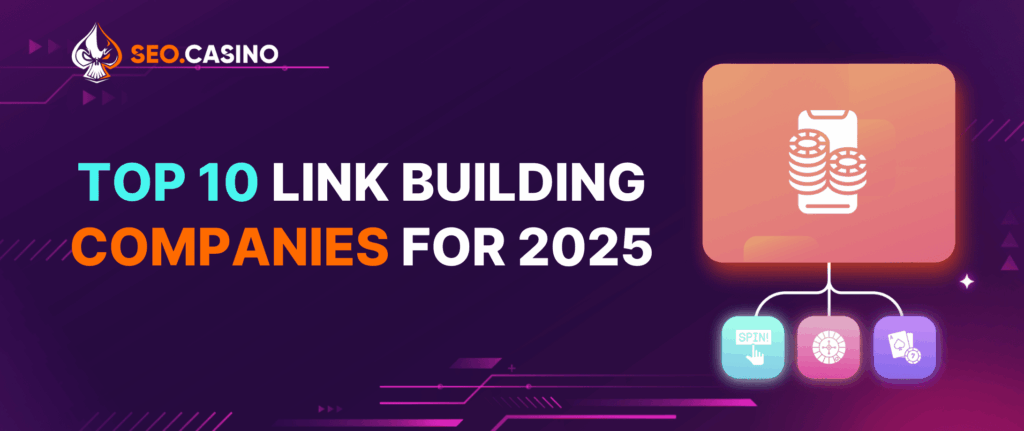
Like some things, the iGaming sector is rather dynamic, with significant evolution from technology to consumer behavior to global market expansion in 2025. As mobile adoption accelerates, new gaming experiences emerge, and regulatory environments continue to change, this prosperous sector is setting to shatter many revenue records. With rising competition, operators are focusing more on optimizing their digital strategies in order to attract and retain players. In this article, we focus on the trending iGaming traffic trends and explore recently seen developments with a prediction of where the industry is headed.
Key iGaming Market Indicators for 2025:
| Indicator | 2025 Projection |
| 💸 Global iGaming Revenue | $100+ billion |
| 📱 Mobile Gaming Traffic Growth | 40% increase year-on-year |
| 🤖 AI & Data Analytics Adoption | 30% growth in user engagement |
| 🎥 Live Dealer Games Traffic | 25% increase in player participation |
| 💰 Cryptocurrency Transactions | 15% of total transaction volume |
| ⚽ Sports Betting Market Growth | 20% increase in global traffic |
| 📢 Social Media Influence | 50% of new player acquisition |
These indicators reflect the ongoing and rapid evolution of the iGaming sector in 2025, with technological innovations and shifting consumer trends driving sustained growth.
Overview of iGaming Industry Growth in 2025
The iGaming industry continues to experience rapid growth in 2025, fueled by advancements in technology, evolving consumer behavior, and expanding global markets. The sector is expected to surpass previous revenue milestones, driven by increased mobile adoption, innovative game offerings, and regulatory shifts. With competition intensifying, operators are focusing on optimizing their digital presence to attract and retain players.

Key iGaming Traffic Trends in 2025
As the iGaming industry expands rapidly in 2025, various emerging trends more prominently influence operators’ techniques of attracting and engaging players. Technological developments, changes in player preference, and shifts in the global market will continue to contribute to the dynamic shapes of online gaming. Aspects, such as mobile gaming, the advent of AI-enabled personalization, a growing preference for cryptocurrencies, and live dealer experiences, eventually improve and develop to keep pace with significant traffic increases across platforms. This section tends to be studied concerning the most impactful traffic trends in the iGaming sector this year.
Increased Role of Artificial Intelligence and Data Analytics
AI and data analytics are the new faces of the iGaming industry: customer experience enhancement, aggressive marketing, and improving player retention. AI use today allows machine learning algorithms to analyze customer behavior to personalize offers and odds in real-time. In effect, such analysis not only fosters engagement but conversion numbers-have made AI an indispensable tool for traffic driving.
Mobile Gaming Surge
With record penetration of smartphones now being achieved, mobile gaming tops the list of current trends in iGaming traffic. Seamless, mobile-first experiences continue to reap dividends in further refinements of platforms as well as in instant-play games and app-based betting. An increase in usage and engagement has become apparent in operators investing in mobile compatibility and PWAs.
Growth of Live Dealer Games
Live dealer games will be rising from strength to strength in 2025, as players are looking for an increasingly immersive and, at the same time, real-time experience. High-definition streaming, AI-induced croupiers, and pairable interaction have all contributed to much higher levels of engagement, thus attracting an increasing audience toward this specific segment. Integration of both augmented reality (AR) and virtual reality (VR) is expected to further redefine the future of this segment, contributing to becoming one of the fastest-growing traffic sources in iGaming.
Expansion of Cryptocurrency and Blockchain in iGaming
Cryptocurrency and blockchain are changing the whole payment landscape in the iGaming ecosystem. The general trend observed is that players increasingly prefer crypto transactions owing to their enhanced security, anonymity, and immediacy of withdrawals. Fair play and trust are ensued by the transparent nature of blockchain, which results in directing more traffic to platforms that accept digital assets. Nowadays, this is a trend pushing operators into adopting cryptocurrency-friendly methods to stay competitive.
Sports Betting Traffic Boom
Sports betting remains a dominant force in iGaming, with record-breaking traffic surges during major sporting events. The expansion of legal sports betting markets worldwide has fueled demand, with real-time odds, in-play betting, and AI-powered predictions driving user engagement. The importance of sportsbook SEO has never been greater, as operators optimize their platforms to capture organic traffic.
Social Media as a Key Traffic Source
Social media platforms are vital for generating traffic for iGaming operators. Targeted ads, influencer partnerships, and viral content strategies are utilized to create interest in attracting and retaining players. TikTok, Twitter, and Instagram are the main channels for reaching audiences and building community while promoting exclusive offers. These platforms are becoming the necessary tools for engaging the audience and building up gamers’ communities.
Regulatory Challenges and Their Impact on Traffic

Despite the sector’s growth, regulatory challenges continue to shape traffic trends in iGaming. Stricter advertising restrictions, geo-blocking measures, and evolving compliance requirements influence how operators attract players. Staying ahead in the industry requires a proactive approach to legal developments and leveraging SEO.Casino Reviews to enhance credibility and online visibility.
Conclusion
In the iGaming industry of 2025, operators looking to gain reach and maximize conversions will have to keep abreast of traffic trends. AI, mobile gaming, live dealer experiences, cryptocurrency acceptance, and sports betting have been the major growth drivers. However, navigating regulations and capitalizing on social media and SEO strategies will serve operators well toward long-lasting success in the world’s most competitive terrain.







